The Discover Space Camp is organised for 20 SST students from 25 to 27 Jan 2022.
The aims of this work shop are as follows:
a. Generate awareness that Space Science uses the basic principles in Physics amongst the selected Sec 4 students in SST. The coverage of the content spans from Basic Physics in Electric Fields, Electromagnetism, Electromagnetic waves to new topics in EM wave propagation and Antenna design.
b. Appreciate the importance of communication science through a hands-on activity of building a simple 3-element Yagi Antenna. The whole activity includes planning, building, testing of a 3-element antenna to achieve a reception similar to what space missions are doing.
c. Understand the applications of the Space Science to Weather Balloons, Weather Prediction, and Space Missions. They can see how the simple concepts are used to achieve scientific or commercial or amateur missions.
The programme is as follows:
The speakers' abstract and biography are as follows:Design, setup, and testing of a 3-element YAGI-UDA antenna
Roland Turner
Roland Turner is Chief Privacy Officer for TrustSphere where he is responsible for protecting personal data. He first discovered amateur radio at a Scout camp when he was 14 years old, enjoys hiking, operating a portable station on mountain tops, and making his own radios.
BEAR
Chew Lip-Heng, 9V1YP
While shelving books as a school librarian in Sec. 2, Chew came across a book "ABC's of Shortwave Listening". He was immediately intrigued by how radio signals can travel around Earth. He spent the next ten years listening to broadcast stations from around the world, from as far as Ecuador and Sweden. When he was in pre-university, he qualified as a maritime radio operator which paved the way for him to be an army signaller during NS. And finally, he qualified as an amateur radio operator when finishing his studies. These days, he is mainly bouncing signals off the International Space Station using a handheld ham radio on top of a multi-storey car park. Chew has worked in creative communications for the past twenty years. He is now a consultant and trainer in crisis management, safety, security and psychological first aid.
SARTS
Harish Pillay
Harish Pillay is the Head of Open Source Program Office, Red Hat APAC where he deals with all things open source - software, hardware etc. His first radio exposure was in Primary 5 from a rescued car radio and set that up in the house. Challenged by the batteries needed (12V) and had no money to buy a 220vAC-12vDC transformer. Buying 8 "D" cell batteries was not viable. Played around (and damaged) Mom's transistor radio and got a few zaps of current from the wall socket, but survived to tell the tale.
“Why We Need Space Weather Forecast”
Dr I-Te Lee (李奕德)
Abstract
For your daily life, you could feel wind, sunshine, rainfall, lightening, etc., which are so called ‘weather'. In the space environment, above 100 km altitude from the Earth surface, there are also phenomena with day to day variation. Due to these are similar as weather but in the space, scientist call them 'space weather'. This term refers to all variable physical parameter and conditions from the Sun to the entire space environment, such as solar wind, solar radiation, charged particles density, high-energy particles, and magnetic fields. In the early stage, researchers studied their variations and interactions with the Earth's magnetosphere, ionosphere, and thermosphere. Recently, more studies point out that rapidly changing of space weather might make influences for our daily life. Therefore, scientists pay more attentions to understand influences of space weather and try to prevent their destructions. Nowadays, we need weather forecast as well as space weather forecast for our modern life.
Biography
Dr. I-Te Lee is a researcher at the Meteorological Information Center of Central Weather Bureau (CWB) in Taiwan. Dr. Lee received his M. S. and Ph. D. from the Institute of Space Science, National Central University, Taiwan in 2008 and 2013, respectively. His research interest is focusing on space weather which involved in ionospheric physics, radio science, and numerical ionosphere-thermosphere model simulation. Now, he works at the space weather operations office in CWB to provide space weather operational service and information to local user, as well as continue to develop a data assimilation system for ionospheric forecasts.
On the other hand, Dr. Lee participated outreach education activities for space sciences since 2005, and became a frequent speaker to illustrate knowledge of space science and technology, as well as introduce influences caused by space weather. He has extensive experience in delivering lectures and workshops to a wide audience ranging from elementary school students to the general public.
IDEASSat: Lessons learned from a first university small satellite mission and the road ahead
Loren C. Chang (張起維)
Department of Space Science and Engineering, Center for Astronautical Physics and Engineering, National Central University, Taoyuan City, Taiwan
Abstract
With the growing pervasiveness and maturity of small satellites based on the CubeSat standard, as well as progressively reduced launch costs through rideshare options, the use of small satellites as educational tools, as well as a platform for scientific research is becoming an important rationale for the development of spaceflight capacity at the university level. The Ionospheric Dynamics Explorer and Attitude Subsystem Satellite (IDEASSat) is a 3U CubeSat developed and operated by National Central University (NCU) to observe ionospheric space weather, while also serving as the first spacecraft system designed, implemented, and operated by students at NCU. The spacecraft system was designed from 2017 – early 2020, with flight model integration, test, and delivery taking place during Q3 and Q4 2020. The spacecraft was launched in January 2021 and successfully began operations, demonstrating power, thermal, and structural margins, as well as validation of uplink and downlink communications functionality, and autonomous operation. A serious anomaly occurred after 22 days on orbit when communication with the spacecraft were abruptly lost. Communication was re- established after 1.5 months for sufficient time to downlink stored flight data, which allowed the cause of the blackout to be identified to a high level of confidence and precision. In this report, we will present the design, implementation, and on-orbit performance of IDEASSat, as well as lessons learned during the various stages of the mission. The flight data from IDEASSat will be useful in improving the reliability of future spacecraft in development at NCU, which are in development focusing on science missions, as well as satellite communications technology development. It is also hoped that the information and lessons learned presented here will serve as a useful reference for other teams interested in space systems engineering.
Biography
Dr. Loren Chang is a Professor at the Department of Space Science and Engineering at National Central University (NCU) in Taiwan. Dr. Chang conducts research on the Earth’s upper atmosphere and its role in space weather, analysis of satellite data from the COSMIC/FORMOSAT-3 and TIMED missions, and serves as the Taiwan lead for the International Satellite Program in Research and Education (INSPIRE) consortium. Dr. Chang has served as the Principal Investigator of the IDEASSat (Ionosphere Dynamics Explorer and Attitude Subsystem Satellite)/INSPIRESat-2 spacecraft, and is currently leading the development of SCION-X (SCintillation and IONosphere Network eXtended) and ILITE missions. Dr. Chang is working to further enhance spacecraft design and operations capacity, as well as an academic program focused on astronautics at NCU, while also serving as a consultant for space technology developments by Taiwan’s Industrial Technology Research Institute (ITRI) and private industry.
Prior to joining NCU, Dr. Chang served as a postdoc at National Cheng Kung University and Boston College. Dr. Chang received his PhD in Aerospace Engineering Sciences from the University of Colorado at Boulder in 2010 specializing in mesosphere and lower thermospheric dynamics. Dr. Chang was also the recipient of the 2015 Ta-You Wu Memorial Award (吳大猷紀念獎) and 2021 Future technology Award from the Taiwan Ministry of Science and Technology, the Academia Sinica Research Award for Junior Research Investigators in the Division of Mathematics and Physical Sciences in 2017, and the Committee on Space Research (COSPAR) Zeldovich Medal in 2018.
The Researching and Planning, Construction, Testing and Searching Activity





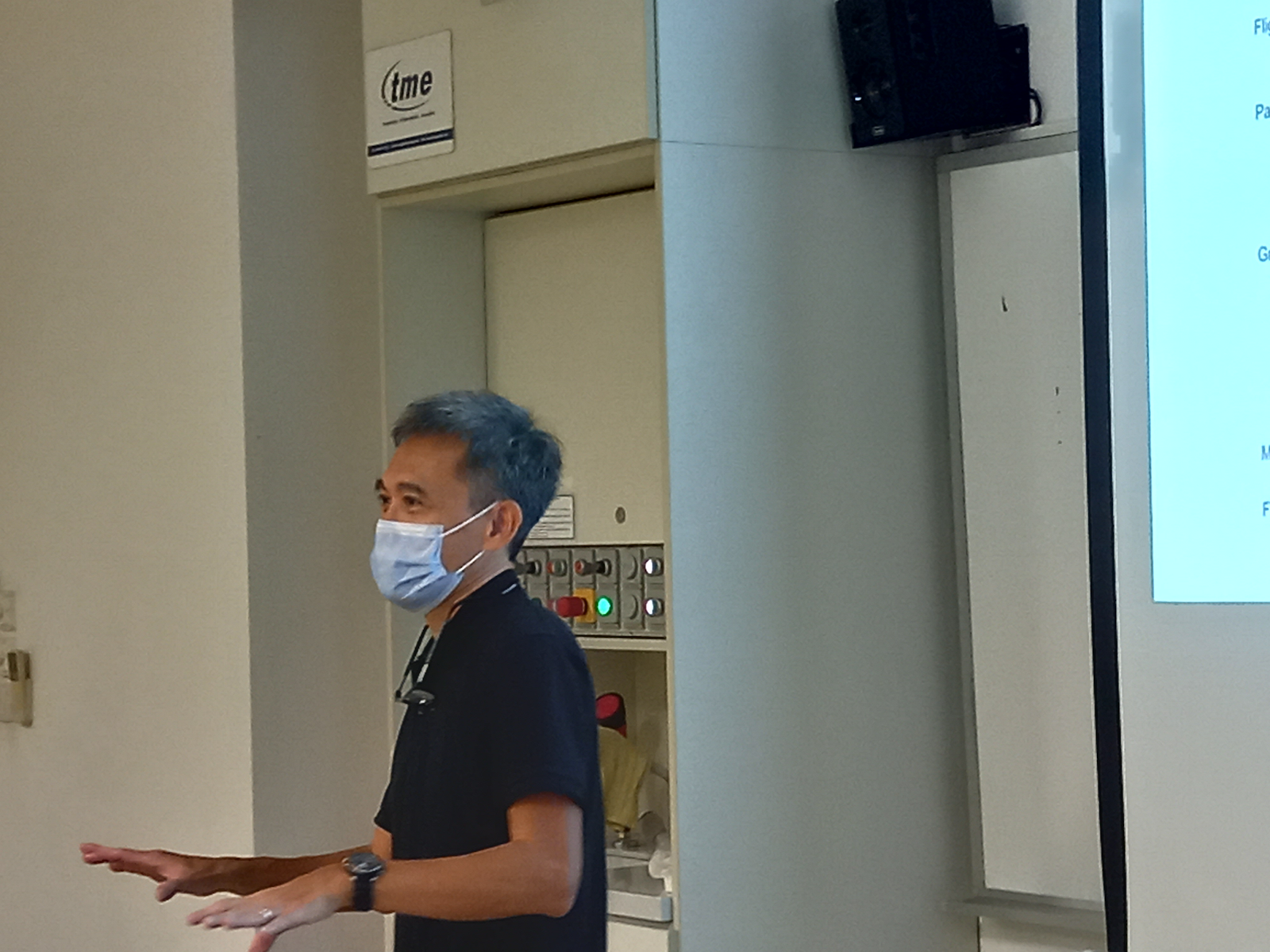

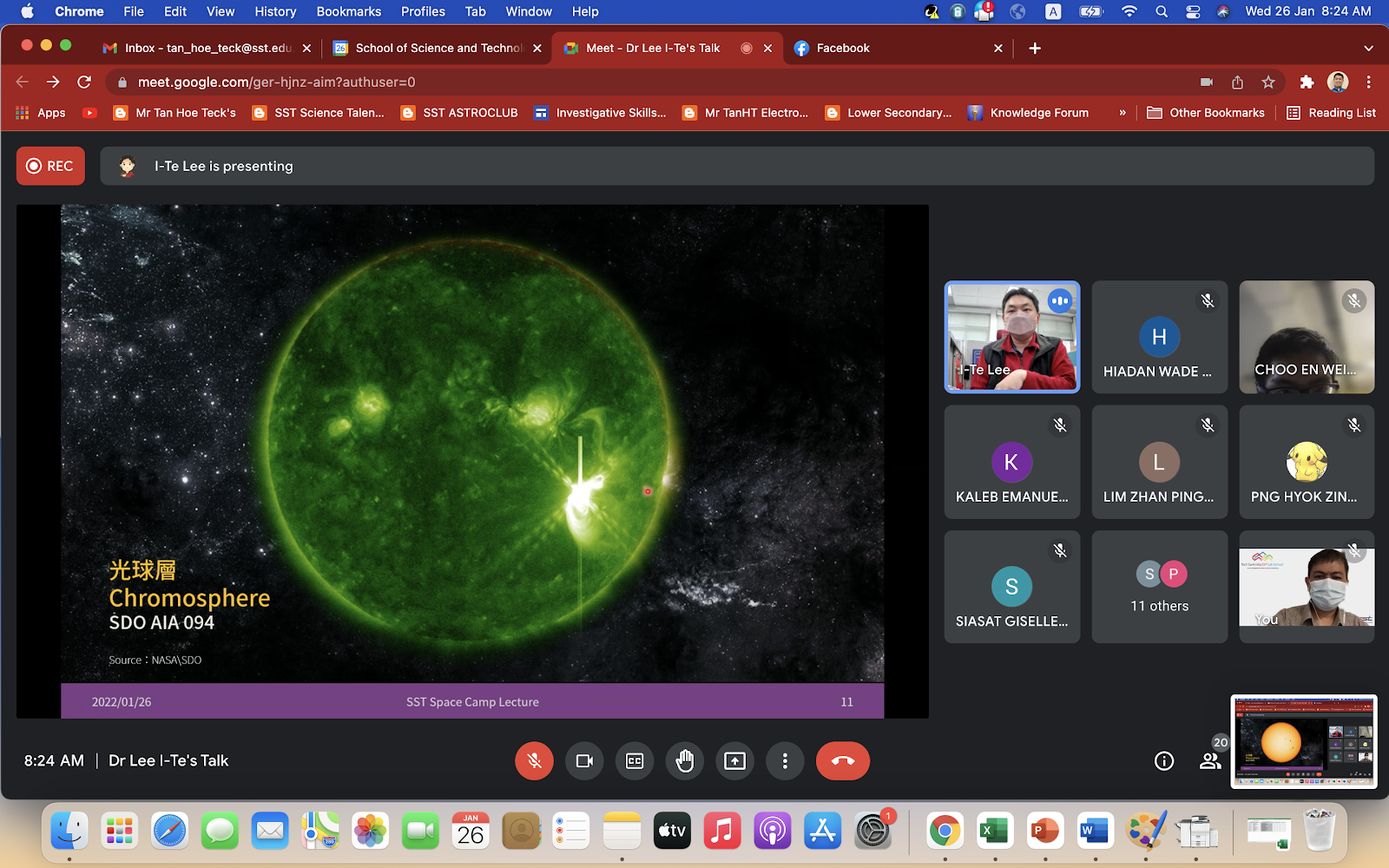



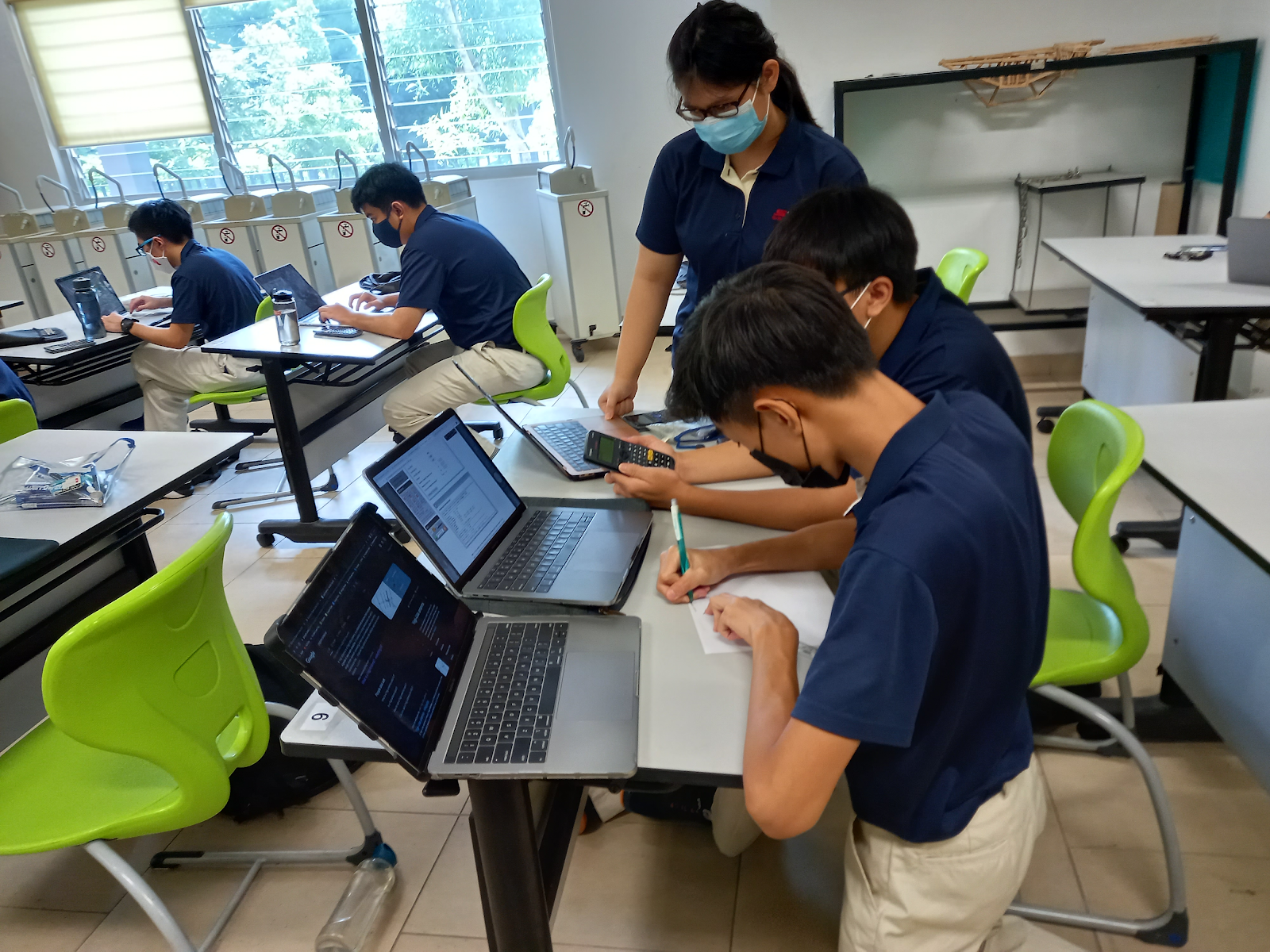


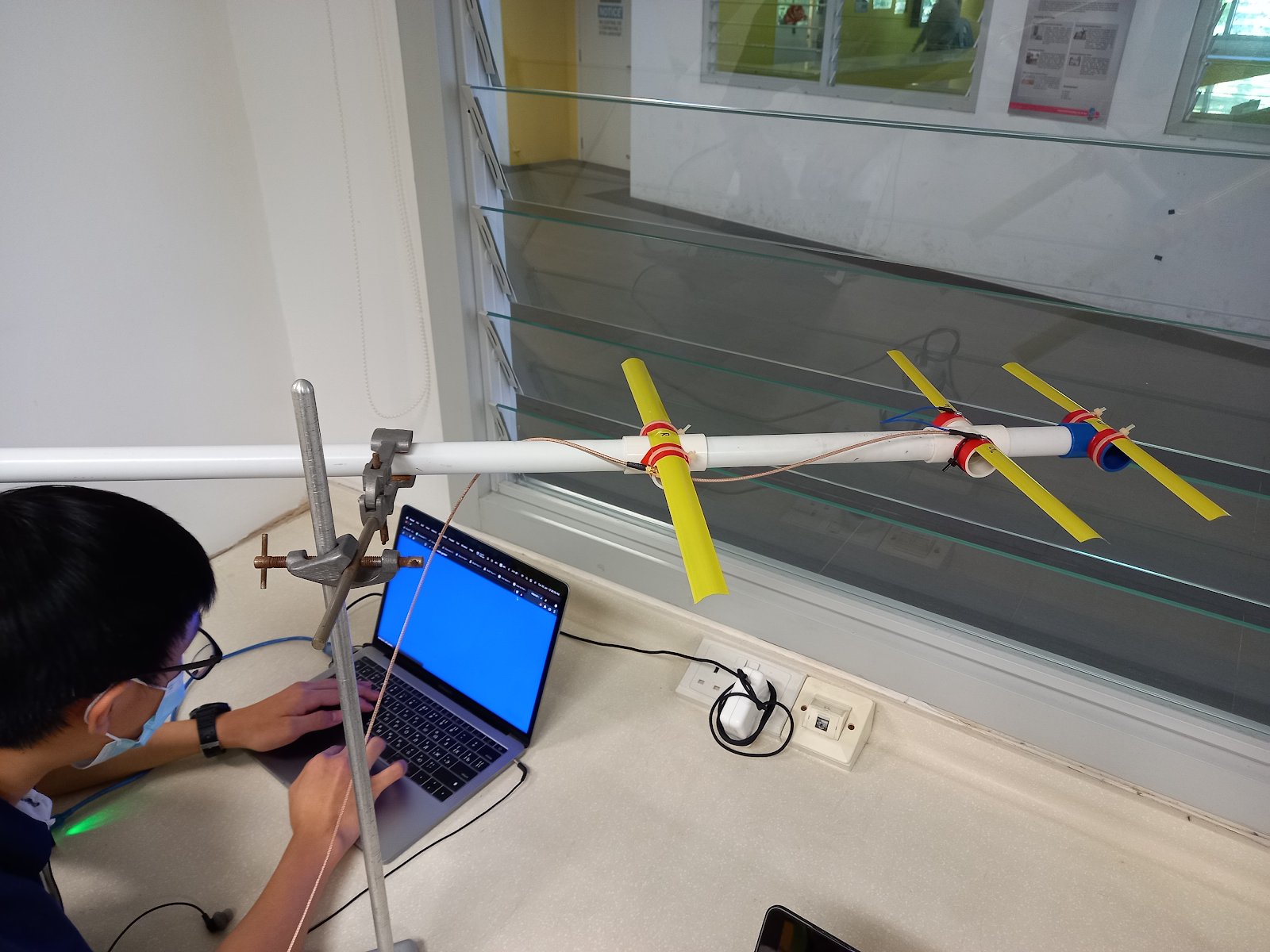
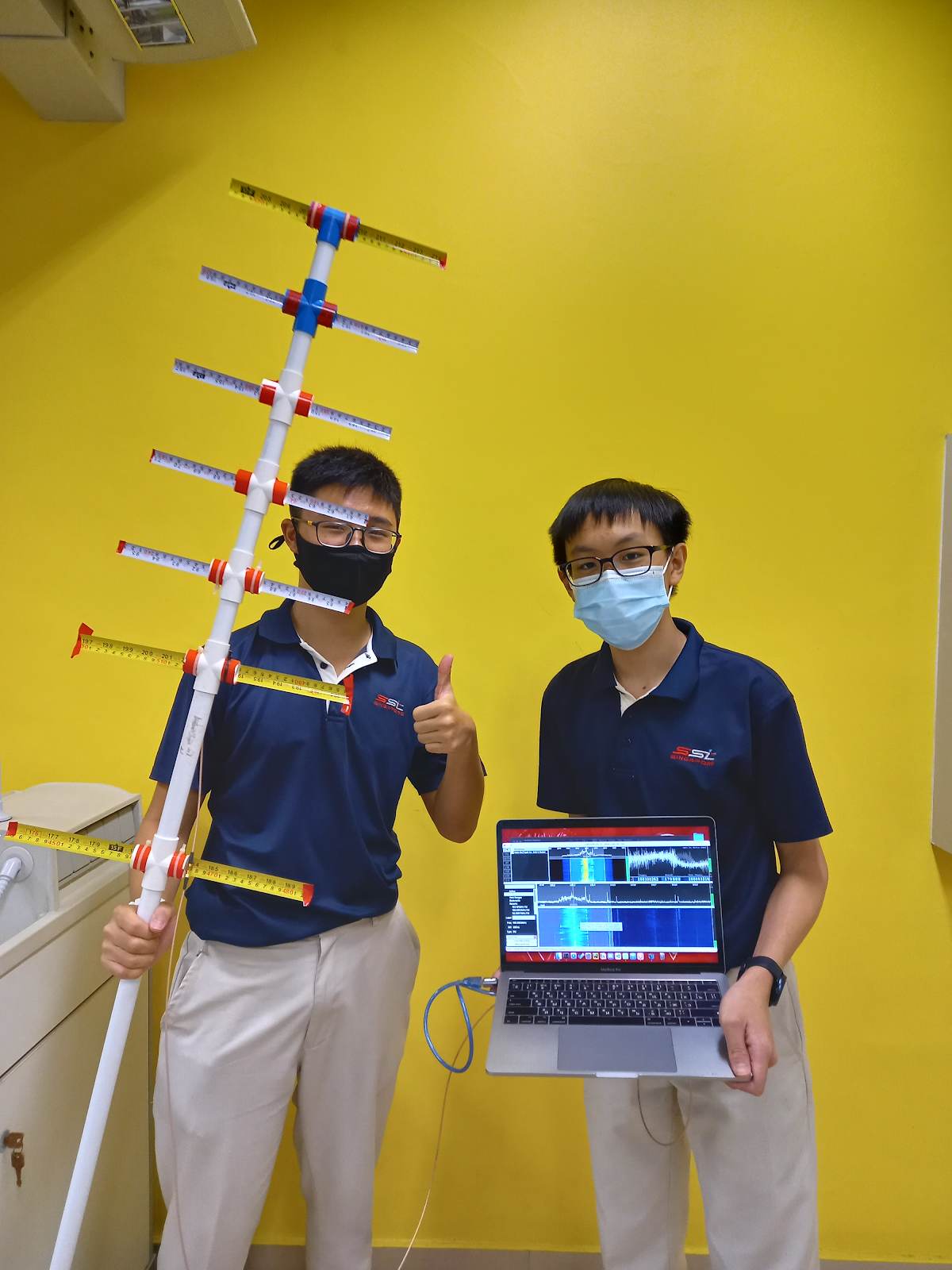



No comments:
Post a Comment